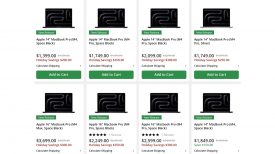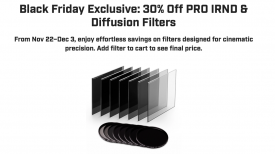Good things – Small packages
A steady release of new compact and lightweight large sensor video cameras has made a difference to how some cinematographers approach assignments. It has for me, not by altering the way I compose a shot, changing the range of focal lengths I prefer to use or even the way I engage with my subject. It’s more about the style of camera that I can now choose to pack for a particular shoot and the way that choice offers some clear benefits.
As a young guy, I trained to be a cinematographer at Australia’s national broadcaster, the ABC and in my subsequent shooting assignments around the globe I was always just one member of a film crew – there were at least three of us.
Taking responsibility for shooting the video and recording the audio is now more common, however for me it’s still a challenging way to work.
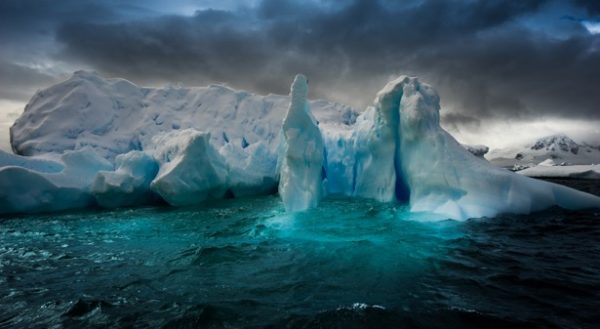
Solo traveller
With this in mind, I recently went to the remote southern outposts of Cape Horn, South Georgia and on into the icy waters of the Antarctic Peninsula. My role was as a guest cinematography lecturer on board the ship, Polar Pioneer for Aurora Expeditions. I shot some video along the way.
For the three week trip, I chose to forgo my Sony FS7 and Miller 100mm tripod taking only Sony stills cameras and my lighter Miller Air tripod. Many of the photography enthusiasts on board used Canon and Nikon DSLR cameras so I thought that it may be more appropriate for me to also work with a camera that had a similar form factor. Importantly though, I wanted to be able to shoot stills and 4K video. As it turned out, I had one of the smallest and most versatile cameras on the ship – wanting a large-sensor look did not mean carrying a large camera.
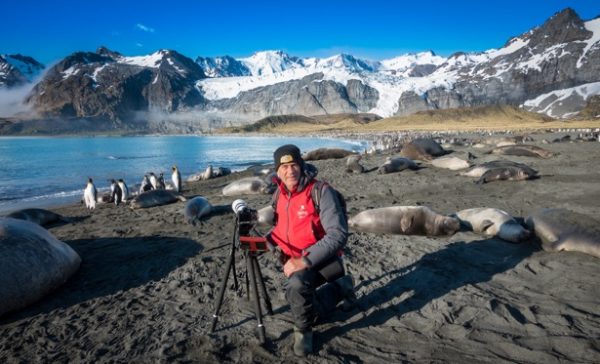
Cameras, lenses and recorders
• My kit was a Sony A7R Mk2, Sony A7R and a Sony RX100 Mk4
• Sony, Zeiss and Canon lenses: Sony 70-200mm, Sony/Zeiss 16-35mm
• Sony/Zeiss 55mm f1.8 & Canon 400mm
• Atomos Ninja Assassin 4K recorder/monitor/4 x 480Gb SSD’s
• Zoom H4n audio recorder
• Miller Air tripod/fluid head
Setup
The A7R Mk2 records 4K UHD image internally at 4:2:0/8bit/60 or 100mps using the XAVC-S codec. The pictures look very nice and although I could be quite happy with this, I did not have to do a lot extra to dig into that gutsy CMOS sensor and pull out some of the best it can deliver – 4K UHD 25p, ProRes at 422 HQ.
Mounting the Ninja Assassin
I mostly recorded externally via the HDMI output to the Atomos Ninja Assassin. I was using a tripod for almost every shot, so I attached the Assassin to a Lowel Alligator clamp which meant that I could always quickly re-attach it to a different position, one that allowed me to have the best screen viewing angle and also be in a balanced position to operate the camera.
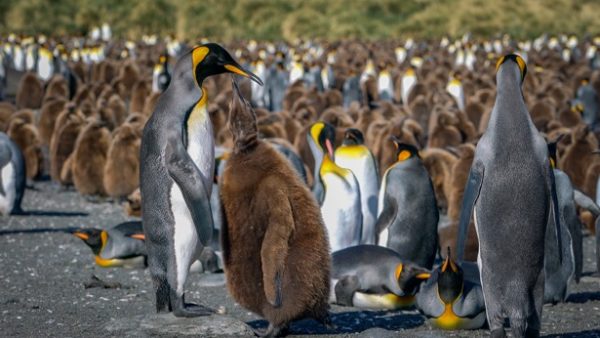
With an NP-F750 battery on board, attaching a recorder directly to the Sony A7R’s hot-shoe was not an option. Each time I touched the screen to make an adjustment or magnify the image to check critical focus, the camera would shake. Clamping it to the tripod was the best way to avoid recording unwanted bumps plus it always gave me the optimum viewing angle regardless of the operating height. A clear plastic cover was always ready to throw over the device if it rained.
Next time
While the array of camera models makes a purchase decision a bit tough, it does mean that you can always pack the best one to suit a particular assignment and when similar circumstances come by again, I’ll gladly pack the same kit.
I used standard Sony gamma settings and my audio was recorded using the camera’s microphones. Aside from a stack of ND filters, I took no additional accessories.
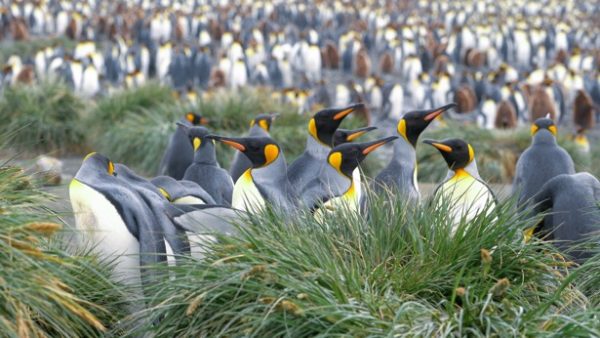
• Cinematographer Pieter de Vries ACS offers unique video camera and filmmaking training. Visit his website at www.pieterdevries.com.au
• Join Pieter’s Facebook page http://www.facebook.com/pieter.devries.videotraining



